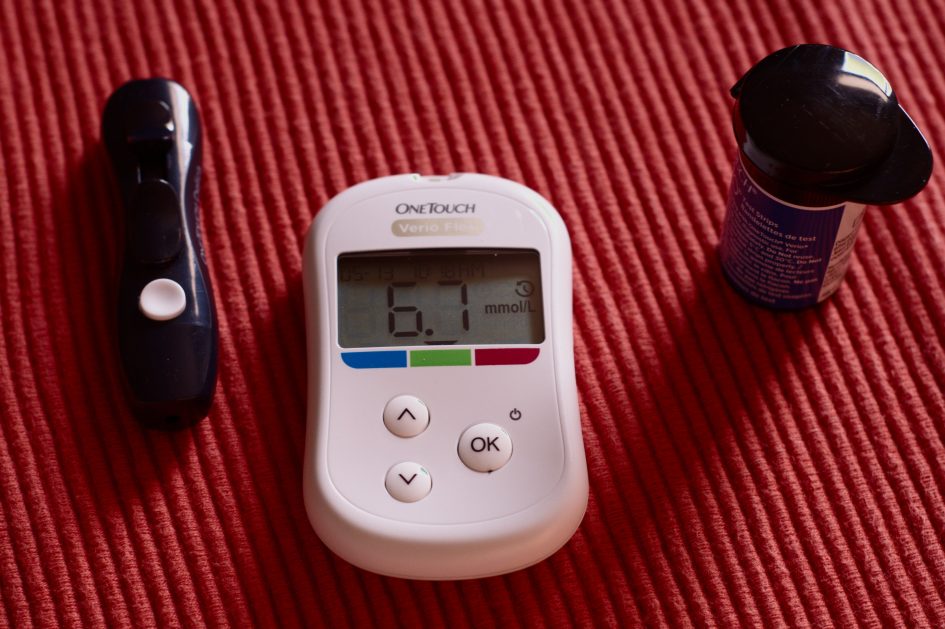November Is American Diabetes Month
Nobody ever plans to get sick, yet diabetes is one of the primary causes of disability and death in the United States. Diabetes is a leading cause of heart attack, stroke, blindness, kidney failure and amputation. One in 10 Americans have diabetes — that’s more than 30 million people. And another 84 million adults in the United States have a high risk of developing type 2 diabetes. Read on to learn more about diabetes risk.
Diabetes can be tough to notice. According to the American Diabetes Association, “some people with type 2 diabetes have symptoms so mild that they go unnoticed. Early detection of diabetes can decrease the risk of developing the complications of diabetes.” That’s why it’s important to get an annual physical.
Common symptoms of diabetes include:
- Urinating often
- Feeling very thirsty
- Feeling very hungry – even though you are eating
- Extreme fatigue
- Blurry vision
- Cuts/bruises that are slow to heal
- Weight loss – even though you are eating more (type 1)
- Tingling, pain, or numbness in the hands/feet (type 2)
Type 1 and Type 2 Diabetes: What’s the Difference?
Type 1 diabetes can occur at any age, but is most commonly diagnosed from infancy to the late 30s. With this type of diabetes, a person’s pancreas doesn’t produce insulin. It occurs when the immune system attacks and destroys insulin-producing cells in the pancreas.
Type 2 diabetes is by far the most common type of diabetes. It is becoming more common among young people due to unhealthy lifestyle habits. The symptoms of type 2 diabetes are not always obvious and, unlike with type 1, they can take a long time to develop.
People with type 2 diabetes either don’t make enough insulin or don’t make insulin the body can use properly. The cells in the body become resistant to insulin, making a greater amount of insulin necessary to keep blood glucose levels within a normal range. Eventually, the pancreas can wear out from producing extra insulin, and it may start making less and less.
Type 2 diabetes can usually be managed through diet, exercise, and self-monitoring blood glucose, at least in the first few years following diagnosis. However, type 2 diabetes is a progressive condition, and most people will need to take tablets and/or inject insulin after living with it for five to 10 years.
If you are overweight, have high blood pressure, or are age 45 or older, you are at higher risk of developing type 2 diabetes.
The good news? People who are at high risk for type 2 diabetes can lower their risk by more than half if they make healthy changes. These changes include:
- Eating a healthy, balanced diet
- Quitting tobacco
- Managing high blood pressure
- Checking blood glucose (sugar)
- Getting regular physical activity
- Maintaining a healthy weight
Sources:
“American Diabetes Month,” Office of Disease Prevention and Health Promotion, Healthfinder.gov, Oct. 9, 2018.
“Lower Your Risk,” American Diabetes Association, diabetes.org, Oct. 9, 2018.

